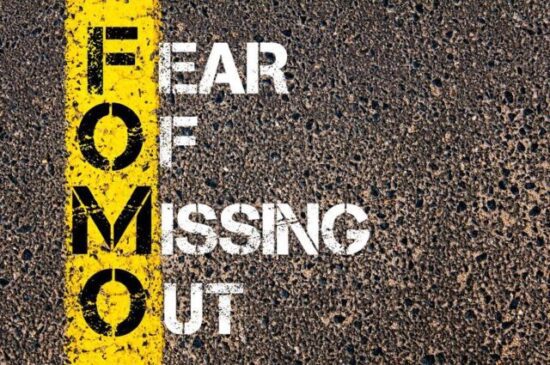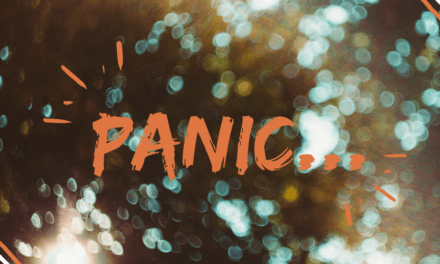
How Your Back Pain Can Trigger A Migraine

*This is a collaborative post
Back pain and migraines are two common ailments many people experience. Often considered separate issues, some are unaware of the potential connection between these two conditions. Surprisingly, growing evidence suggests that back pain can trigger migraines in some individuals. Already, 10 million people in the United Kingdom have migraines, and there’s a chance that a good number live with back pain too. This discussion shows how these conditions are interconnected and how to manage them.
- Tension and muscle tightness
Back pain is often accompanied by muscle tension and tightness in the affected area. Similarly, migraines are characterised by muscle tightness and tenderness in the neck and scalp regions. These shared symptoms suggest a possible link between the two conditions, so keep this in mind. When the muscles in your back are strained or contracted, the tension can spread to the surrounding muscles, including those in the neck and shoulders. This muscular tension can then radiate to the head, triggering a migraine. Moreover, the discomfort caused by back pain can also contribute to stress and anxiety, which are known migraine triggers. If you’re unsure what your migraine triggers are, reading all you can about tension and muscle tightness would be advisable.
- Shared nerve pathways
Another reason your back pain can trigger migraines is the shared nerve pathways between the two conditions. Your nervous system is pivotal in transmitting pain signals throughout the body. When the nerves in your back are inflamed or irritated due to an injury, poor posture, or muscle tension, the pain signals can travel along these interconnected pathways, reaching the brain. This phenomenon can potentially trigger a series of events that lead to the onset of a migraine. The nerves in the upper back and neck area, commonly associated with back pain, are particularly interconnected with the cranial nerves involved in migraines. That is why sometimes, people need alternative therapy to treat migraines, so keep this in mind. For example, a chiropractor with substantial experience can carry out spinal adjustments to take pressure off certain nerves contributing to frequent migraine episodes.
- Altered blood flow
Another connection between back pain and migraine is the altered blood flow patterns that can occur in both conditions. Back pain, particularly in the lower back, can impede blood circulation to certain body areas. The reduced blood flow may affect the brain’s blood vessels, potentially triggering migraines. Additionally, migraines can lead to changes in blood flow, causing constriction and dilation of blood vessels. Consequently, back pain can exacerbate or trigger the vascular changes associated with migraines, intensifying the headache and related symptoms. In some people, the constriction and dilation of blood vessels may cause temporary numbness and tingling in a specific body part. That is when it could become a real concern because persistent numbness, especially in the limbs, could be a sign of an underlying medical condition. Fortunately, timely medical help can clear any doubts you have about the numbness, tingling, and any other symptoms that may show up.


















































